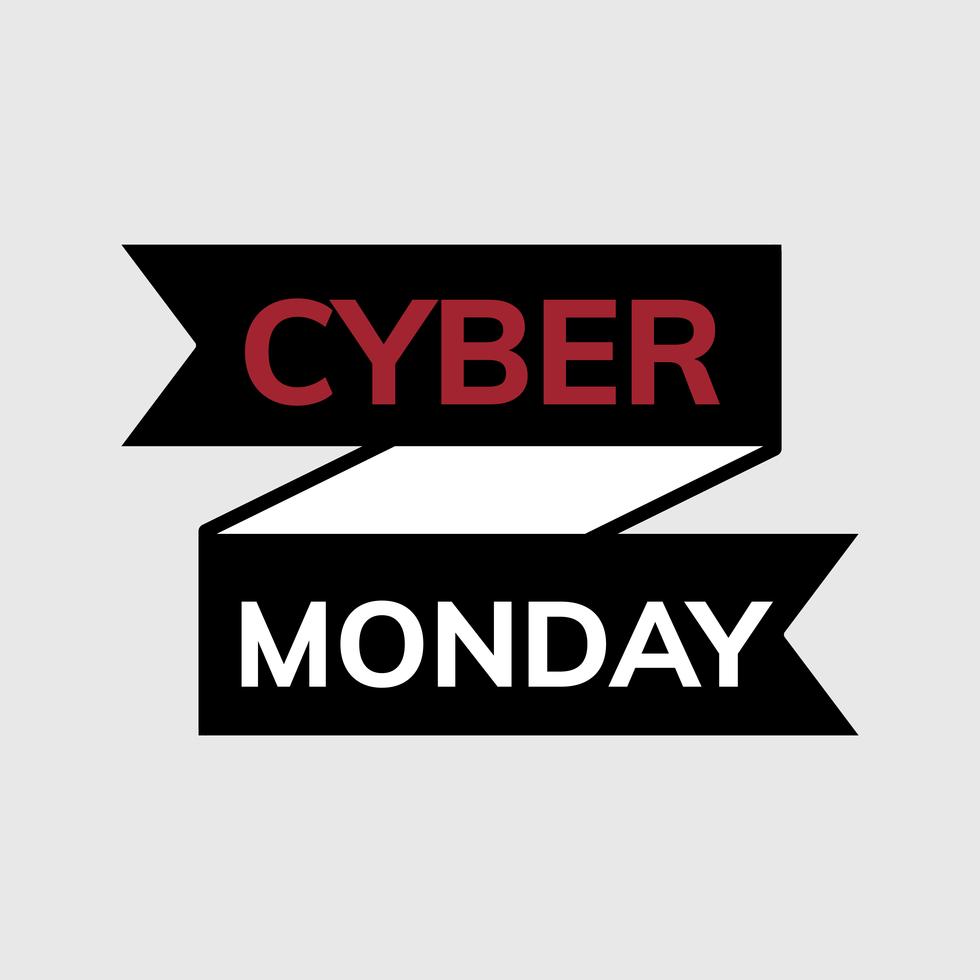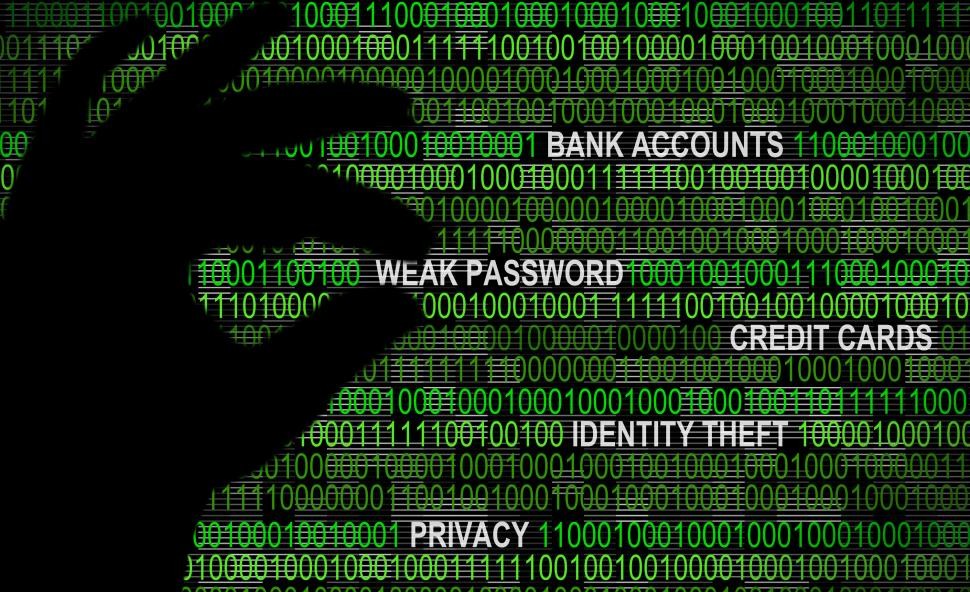Beyond Passwords: How MFA Protects Your Digital Life.
 Maxwell Antwi Bosiako
Maxwell Antwi Bosiako
In an era where cybercriminals have amassed over 15 billion stolen credentials, safeguarding your digital accounts has never been more crucial. Multi-factor authentication (MFA) is a vital security measure designed to enhance the protection of your sensitive information. Here’s why MFA is indispensable and how it works.
What Is MFA?
Multi-factor authentication (MFA) is an IT authentication technique that requires a user to present at least two factors that prove their identity.
Something You Know: Typically, your username and password.
Something You Have: A physical device like a cellphone, keycard, or USB token.
Something You Are: Biometric data such as fingerprints or iris scans.
By combining these factors, MFA adds substantial protection to your accounts, making it far more challenging for cybercriminals to compromise your security.
Why Use MFA?
Passwords alone are no longer enough. Here's why:
Google reports nearly 250,000 web logins are stolen every week.
Over 80% of hacking-related breaches involve compromised passwords.
A single breached password can potentially expose multiple accounts.
MFA addresses these vulnerabilities by creating multiple layers of security. Even if a hacker cracks your password, they'd still need access to your phone or biometric data to breach your account.
How Does MFA Work?
You set up MFA on your account, usually by linking your phone number or authenticator app.
When logging in, you enter your username and password as usual.
The system then prompts you for an additional verification, such as:
Entering a code sent to your phone
Approving a push notification
Using a hardware security key
Only after providing this second factor are you granted access.
Some systems remember your devices, requiring MFA only for new or unusual login attempts, enhancing both security and user convenience.
Benefits of MFA
1. MFA can prevent 99.9% of automated attacks, according to Microsoft.
2. Adaptability: Some MFA systems adjust their requirements based on the perceived risk of each login attempt.
3. Enhanced User Experience: MFA simplifies the authentication process and reduces the need for frequent password resets, alleviating a common IT headache.
Call to Action
Implementing MFA is simpler than you might think. Most major online services now offer MFA options. Look for "Two-Factor Authentication" or "Multi-Factor Authentication" in your account security settings.
Popular MFA methods include:
SMS codes
Authenticator apps (like Google Authenticator or Authy)
Push notifications
Hardware security keys
Conclusion
With compliance standards like GDPR and NIST pushing for advanced security measures, MFA’s importance in today’s digital landscape cannot be overstated. It’s a straightforward yet highly effective way to secure your accounts and data. Let’s adopt the usage of MFA.
Subscribe to my newsletter
Read articles from Maxwell Antwi Bosiako directly inside your inbox. Subscribe to the newsletter, and don't miss out.
Written by

Maxwell Antwi Bosiako
Maxwell Antwi Bosiako
I am a cybersecurity enthusiast passionate about protecting digital landscapes. Join me as I explore and share the latest in cybersecurity news, trends, and educational content to help you stay informed and secure in the digital world.